Village Idiot
No longer a newbie, moving up!
- Joined
- Mar 20, 2008
- Messages
- 7,269
- Reaction score
- 406
- Location
- Shepherdsturd, WV / Almost, MD
- Can others edit my Photos
- Photos NOT OK to edit
Requirements:
1 flash
1 lighting modifier that diffuses light (umbrella, softbox, etc... Not a Fong Dong or similar device)
1 way to trigger the device off camera
1 light stand
Basic knowledge of camera operation and how ISO, shutter speed, and aperture work together.
This is going to be an open ended type of experiment. I'm not asking for a limit on participants or that everyone participates for every single bi-weekly assignment. This is for fun and for learning your equipment.
Please post all finished products for this assignment in this thread for review and keep everything friendly.
Assignment 1 - Ambient vs. Artificial:
I'll say that I think of of the most valuable pieces of knowledge for being able to use flash, whether it off camera or on camera, and it's practical use in day to day photography is the ability to know when to use ambient and artificial together along with the ability to know when to separate those two for desired effects.
Now that I'm done with that run on sentence:
This assignment will focus on being able to know how to control your flash to either balance or kill ambient light. Depending on how powerful your flash is will determine your working environment. Most all strobes should be able to overpower your typical indoor lighting, be it incandescent or flourescent bulbs. If you were to move outside in bright mid day sun, you'd need a much more powerful light like a 400w/s mono light.
To be able to work with balancing ambient and flash, you'll have to understand that you're essentially getting two separate exposures when using a flash. You're getting the ambient light that's let in during the time that the shutter is open and you're getting the light that falls on the subject from the flash itself.
There are three things to consider: ISO, shutter speed(ss), and aperture. ISO, ss, and aperture control ambient lighting while ISO and aperture will control the flash exposure. Everyone should already know how to control an ambient exposure based on ISO, ss, and aperture. When you add flash to the mix, the ss will do nothing to increase or decrease* the exposure level of the flash. To adjust that, you'll have to either raise or lower the power of the flash itself, or adjust the aperture to control how much light is let into the camera itself.
This is particularly useful when trying to photograph a subject in a large area where flash fall off could cause the subject to be properly exposed while the ambient would have been killed. This is something you will see a lot with P&S cameras when people take photos in dark environments. For a scene like this, you would manually adjust the exposure settings on the camera to expose for ambient and then set your flash power properly expose your main subject.
The above scenario can be taken a step farther to make an overly dramatic photo in a normally dull envrionment. Say you're outside on a sunny day and you have a flash powerful enough to overpower the ambient. You could take a photo of the subject with a fast enough ss, low ISO, and a narrow aperture to under expose the ambient anywhere from a minor amount of 1 stop, to 3-4 stops where is would make your 12:00 noon shoot look like it was done at dusk.
This can also be applied to a scene where you want to shoot a subject, but want no ambient light. If you can get a photo where you can totally under expose the ambient light (which is easiest when you're shooting at dusk or indoors), you can use the light from your flash to provide the only light that will expose the subject. This is useful when shooting in evironments where different light sources have different color temperatures** and where stopping movement of the subject will be necessary.
One last important piece of information*, the max sync speed (often called x sync) of most modern DSLR cameras averages about 1/200 shutter speed. You can find the specific x sync of your particular camera in it's manual or by searching online. Many things can effect the x sync, ranging from whether the flash is proprietary or third party, the method of firing the flash (on camera or off, with a sync cable or with triggers), the size of the sensor and the design of the camera itself, as well as other factors. When you start to go over the x sync* you will notice a black bar creeping across the exposure. This is from the way that the shutter operates and not being fully open while the flash fires. This means when balancing ambient an flash, you often have to work with narrowing the aperture to help kill ambient rather than just jacking up the ss.
For this assignment, those who wish to participate will provide three photos of the same subject. Those three photos will be one photo of the photo properly exposed by ambient light, one photo of the subject properly exposed by ambient and flash, and one photo of the subject in the same ambient light, but just exposed by the flash.
If you have additional questions, feel free to post them. I'll try and post up example photos ASAP. I'm going to be really busy all week, but I'll see what I can squeeze in.
*Certain cameras and techniques will allow you to shoot over the camera's x sync without getting the black bar. For sake of learning and understanding the concepts, keep your camera under it's x sync.
**If you have question about this, ask. It will be covered in a future lesson though.
The group URL:
http://www.thephotoforum.com/forum/groups/learning-about-light.html
1 flash
1 lighting modifier that diffuses light (umbrella, softbox, etc... Not a Fong Dong or similar device)
1 way to trigger the device off camera
1 light stand
Basic knowledge of camera operation and how ISO, shutter speed, and aperture work together.
This is going to be an open ended type of experiment. I'm not asking for a limit on participants or that everyone participates for every single bi-weekly assignment. This is for fun and for learning your equipment.
Please post all finished products for this assignment in this thread for review and keep everything friendly.
Assignment 1 - Ambient vs. Artificial:
I'll say that I think of of the most valuable pieces of knowledge for being able to use flash, whether it off camera or on camera, and it's practical use in day to day photography is the ability to know when to use ambient and artificial together along with the ability to know when to separate those two for desired effects.
Now that I'm done with that run on sentence:
This assignment will focus on being able to know how to control your flash to either balance or kill ambient light. Depending on how powerful your flash is will determine your working environment. Most all strobes should be able to overpower your typical indoor lighting, be it incandescent or flourescent bulbs. If you were to move outside in bright mid day sun, you'd need a much more powerful light like a 400w/s mono light.
To be able to work with balancing ambient and flash, you'll have to understand that you're essentially getting two separate exposures when using a flash. You're getting the ambient light that's let in during the time that the shutter is open and you're getting the light that falls on the subject from the flash itself.
There are three things to consider: ISO, shutter speed(ss), and aperture. ISO, ss, and aperture control ambient lighting while ISO and aperture will control the flash exposure. Everyone should already know how to control an ambient exposure based on ISO, ss, and aperture. When you add flash to the mix, the ss will do nothing to increase or decrease* the exposure level of the flash. To adjust that, you'll have to either raise or lower the power of the flash itself, or adjust the aperture to control how much light is let into the camera itself.
This is particularly useful when trying to photograph a subject in a large area where flash fall off could cause the subject to be properly exposed while the ambient would have been killed. This is something you will see a lot with P&S cameras when people take photos in dark environments. For a scene like this, you would manually adjust the exposure settings on the camera to expose for ambient and then set your flash power properly expose your main subject.
The above scenario can be taken a step farther to make an overly dramatic photo in a normally dull envrionment. Say you're outside on a sunny day and you have a flash powerful enough to overpower the ambient. You could take a photo of the subject with a fast enough ss, low ISO, and a narrow aperture to under expose the ambient anywhere from a minor amount of 1 stop, to 3-4 stops where is would make your 12:00 noon shoot look like it was done at dusk.
This can also be applied to a scene where you want to shoot a subject, but want no ambient light. If you can get a photo where you can totally under expose the ambient light (which is easiest when you're shooting at dusk or indoors), you can use the light from your flash to provide the only light that will expose the subject. This is useful when shooting in evironments where different light sources have different color temperatures** and where stopping movement of the subject will be necessary.
One last important piece of information*, the max sync speed (often called x sync) of most modern DSLR cameras averages about 1/200 shutter speed. You can find the specific x sync of your particular camera in it's manual or by searching online. Many things can effect the x sync, ranging from whether the flash is proprietary or third party, the method of firing the flash (on camera or off, with a sync cable or with triggers), the size of the sensor and the design of the camera itself, as well as other factors. When you start to go over the x sync* you will notice a black bar creeping across the exposure. This is from the way that the shutter operates and not being fully open while the flash fires. This means when balancing ambient an flash, you often have to work with narrowing the aperture to help kill ambient rather than just jacking up the ss.
For this assignment, those who wish to participate will provide three photos of the same subject. Those three photos will be one photo of the photo properly exposed by ambient light, one photo of the subject properly exposed by ambient and flash, and one photo of the subject in the same ambient light, but just exposed by the flash.
If you have additional questions, feel free to post them. I'll try and post up example photos ASAP. I'm going to be really busy all week, but I'll see what I can squeeze in.
*Certain cameras and techniques will allow you to shoot over the camera's x sync without getting the black bar. For sake of learning and understanding the concepts, keep your camera under it's x sync.
**If you have question about this, ask. It will be covered in a future lesson though.
The group URL:
http://www.thephotoforum.com/forum/groups/learning-about-light.html
Last edited:







 )
)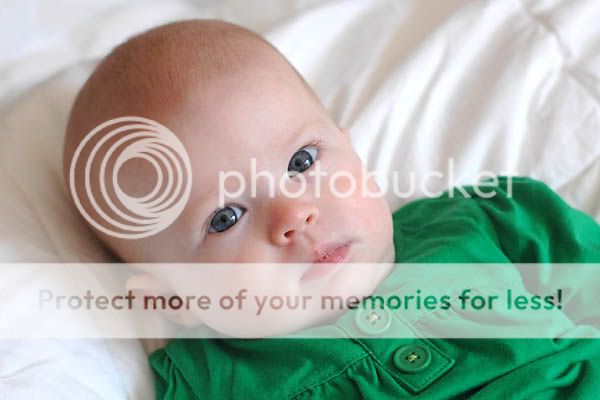
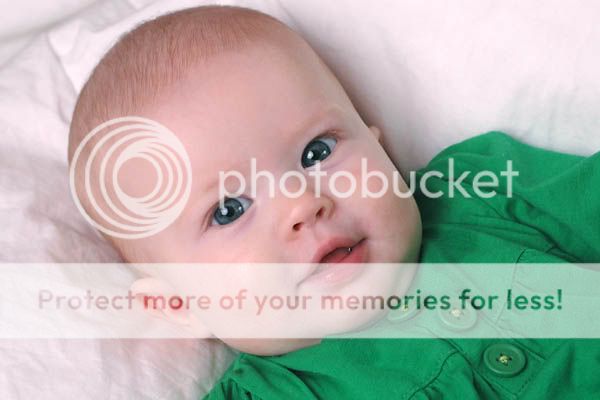

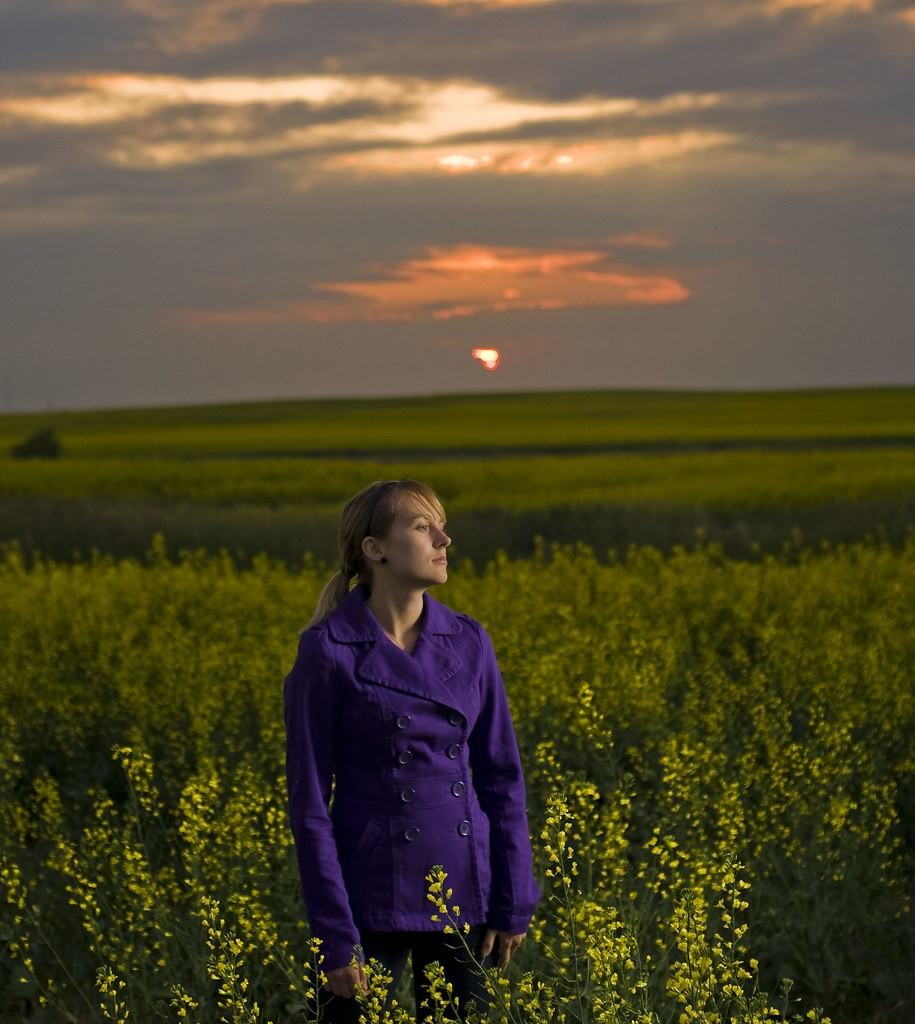
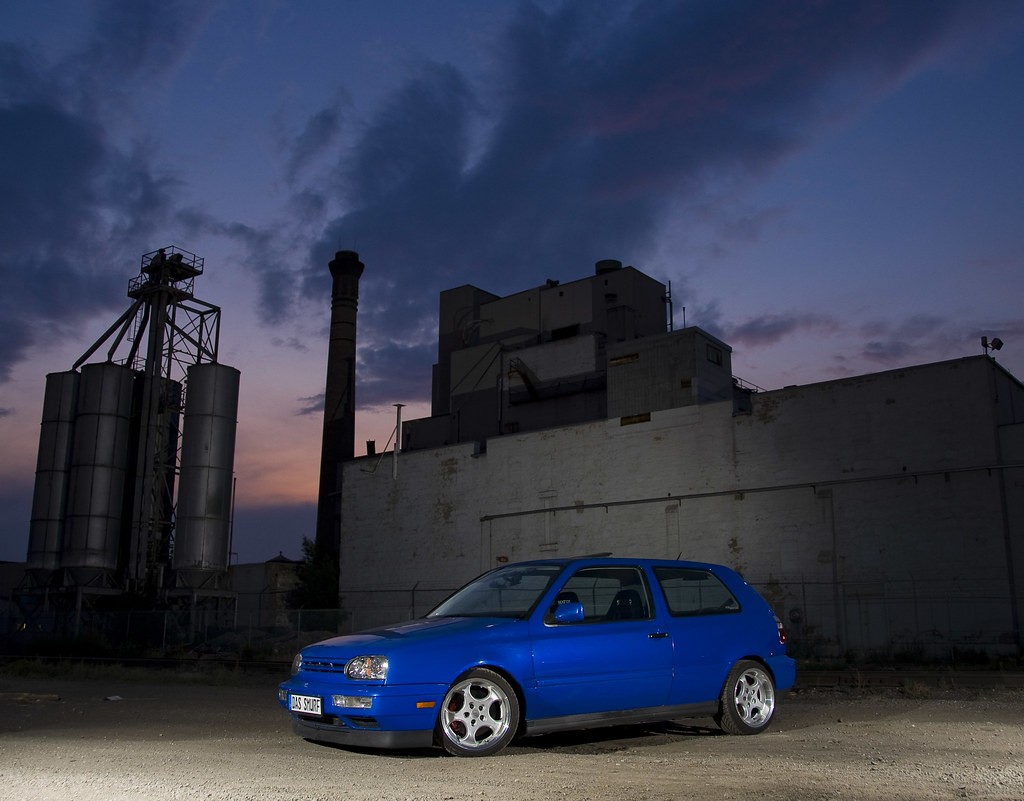



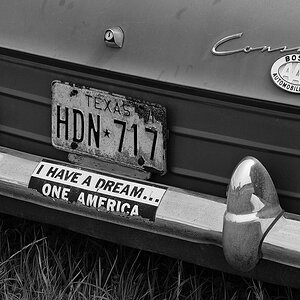
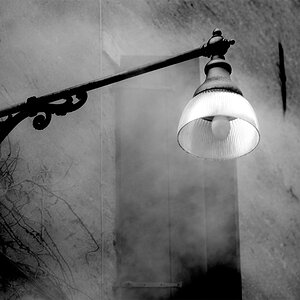
![[No title]](/data/xfmg/thumbnail/35/35587-16c570d2927f2a9ea1945320686eca01.jpg?1619737062)
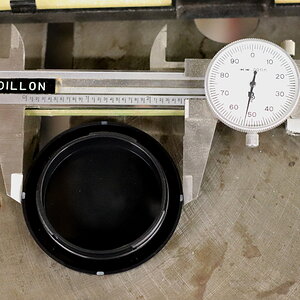
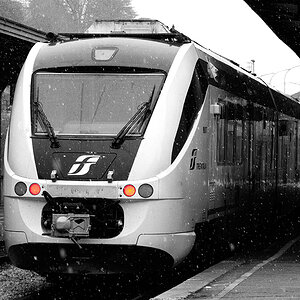
![[No title]](/data/xfmg/thumbnail/37/37610-09a3b763265223288ccc8f30a63a666b.jpg?1619738149)
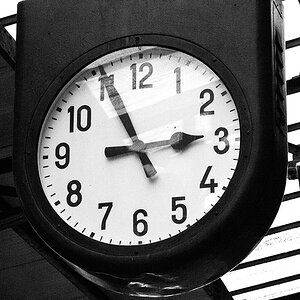
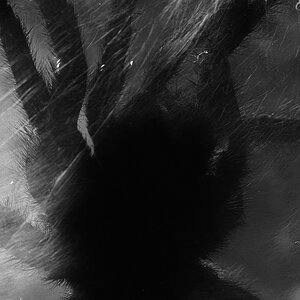
![[No title]](/data/xfmg/thumbnail/33/33421-38d09827e584b8381c5e3a468cdf0159.jpg?1619735961)